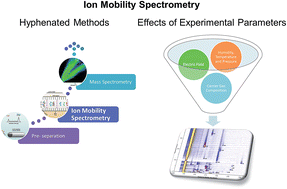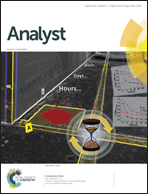Review on Ion Mobility Spectrometry. Part 2: hyphenated methods and effects of experimental parameters
Abstract
Ion Mobility Spectrometry (IMS) is a widely used and ‘well-known’ technique of ion separation in the gaseous phase based on the differences of ion mobilities under an electric field. This technique has received increased interest over the last several decades as evidenced by the pace and advances of new IMS devices available. In this review we explore the hyphenated techniques that are used with IMS, specifically mass spectrometry as an identification approach and a multi-capillary column as a pre-separation approach. Also, we will pay special attention to the key figures of merit of the ion mobility spectrum and how data sets are treated, and the influences of the experimental parameters on both conventional drift time IMS (DTIMS) and miniaturized IMS also known as high Field Asymmetric IMS (FAIMS) in the planar configuration. The present review article is preceded by a companion review article which details the current instrumentation and contains the sections that configure both conventional DTIMS and FAIMS devices. These reviews will give the reader an insightful view of the main characteristics and aspects of the IMS technique.


 Please wait while we load your content...
Please wait while we load your content...